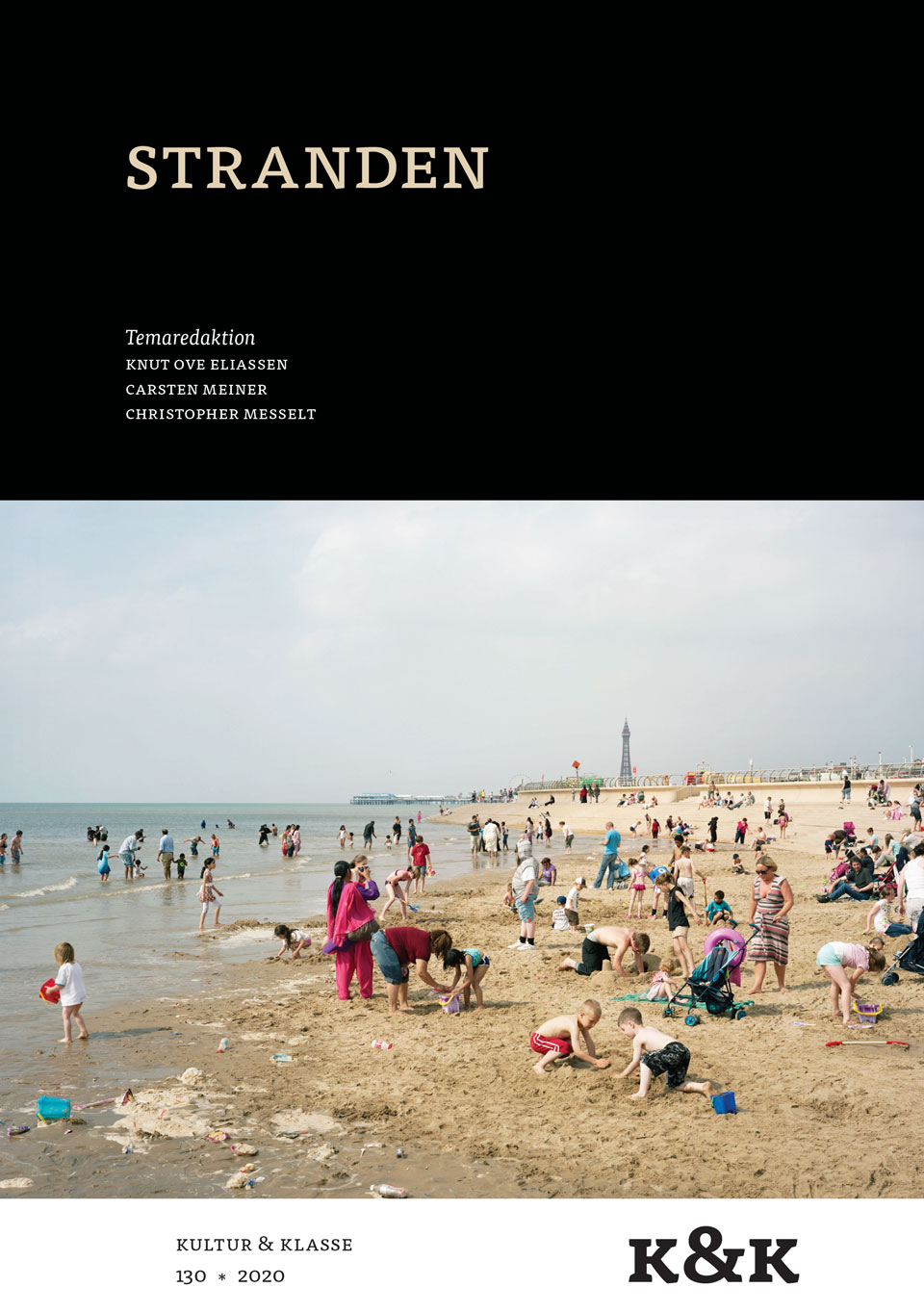Nydelsesturisme in extremis
Fra otium til masseturisme på de spanske strande
DOI:
https://doi.org/10.7146/kok.v48i130.123634Nøgleord:
Litterære steder, realsteder, heterotopi, nydelsesturisme, SpanienResumé
In the 1950s, the Spanish beach initiated a process of radical change because the Franco regime decided to use the beach in an international branding of Spain as a tourist destination. This way the beach witnessed a cultural meeting between the Spaniards and the outsiders (the tourists) and an evolution of the infrastructure and cultural meaning of the Spanish beach began. In addition, international and national literature gave an account of this development and contributed to the symbolic understanding of beach life in Spain.
This article shows how this evolution manifests itself in literary works by Carmen Laforet, Juan Goytisolo, Ernest Hemingway, James Michener and J.G. Ballard. It also argues that the Spanish beach due to its virgin nature as a tourist destination presupposed an open space, which demanded a new and particular meaning. The Spanish beach became synonymous with pleasure and sensuality and formed a parallel universe, which contrasted with the political reality of Spain. This development was taken to extremes in the literary testimonies and, it is argued, that the literary afterlife of the beach contributes to the cultural understanding of beach life in Spain today.
Referencer
Ballard, J.G. Cocaine Nights. London: Flamingo, 1996.
Barthes, Roland. Mitologías. Madrid: Siglo XXI, 2009.
Corbin, Alain. The Lure of the Sea: The Discovery of the Seaside in the Western World 1750-1840. London: Penguin Books, 1995.
Doquet, Anne og Evrard, Olivier. ”An Interview with Jean Didier Urbain: Tourism Beyond the Grave: a Semiology of Culture”. Tourist studies 8 2 (2008): 175-191.
Foucault, Michel. ”Of Other Spaces: Utopias and Heterotopias”. Diacritics 16 1 (Spring 1986): 22-27.
Gillis, John R. The Human Shore: Seacoasts in History. London: The University of Chicago Press, 2015.
Goytisolo, Juan. ”El viaje”. Para vivir aquí. Barcelona: Bruguera, [1961]1980: 41-80.
Goytisolo, Juan. La isla. Barcelona: Seix Barral, [1961]1982.
Goytisolo, Juan. Fin de Fiesta. Barcelona: Seix Barral, [1962] 1964.
Hemingway, Ernest. The Sun Also Rises. New York: Collier, [1926] 1986.
Hemingway, Ernest. The Garden of Eden. New York: Charles Scribner’s Sons, 1986.
Laforet, Carmen. ”El veraneo”. La niña y otros relatos. Madrid: Novelas y cuentos, 1971: 180-190.
López Santillán, A.A. og G. Marín Guardado. ”Turismo, capitalismo y producción de lo exótico: una perspectiva crítica para el estudio de la mercantilización del espacio y la cultura”. Relaciones 123 XXXI (Verano 2010): 219-258.
MacCannell, Dean. The Tourist. New York: Schocken books, 1976.
Meiner, Carsten og Frederik Tygstrup. ”Fra normativ til historisk topos-forskning”. Kultur & Klasse 123 (2017): 37-53.
Michener, James A. The Drifters. New York: The Dial Press, [1971] 2015.
Pack, Sasha. D. Tourism and Dictatorship: Europe’s Peaceful Invasion of Franco’s Spain. New York: Palgrave Macmillan, 2006.
Pack, Sasha. D. ”Tourism and Political Change in Franco’s Spain”. Spain Transformed. The Late Franco Dictatorship, 1959-75. Red. Nigel Townson. New York: Palgrave Macmillan, 2007: 47-66.
Pavlović, Tatjana. The Mobile Nation: España cambia de piel (1954-1964). Bristol/Chicago: Intellect, 2011.
Taussig, Michael. ”The Beach (A Fantasy)”. Critical Inquiry 26 2 (Winter, 2000): 248-278.
Urbain, Jean-Didier. At the Beach. Minneapolis: University of Minnesota Press, 2003.
Urry, John. The Tourist gaze: Leisure and Travel in Contemporary Societies. London: Sage, 2002.
Downloads
Publiceret
Citation/Eksport
Nummer
Sektion
Licens
Tidsskriftet følger dansk ophavsret.





